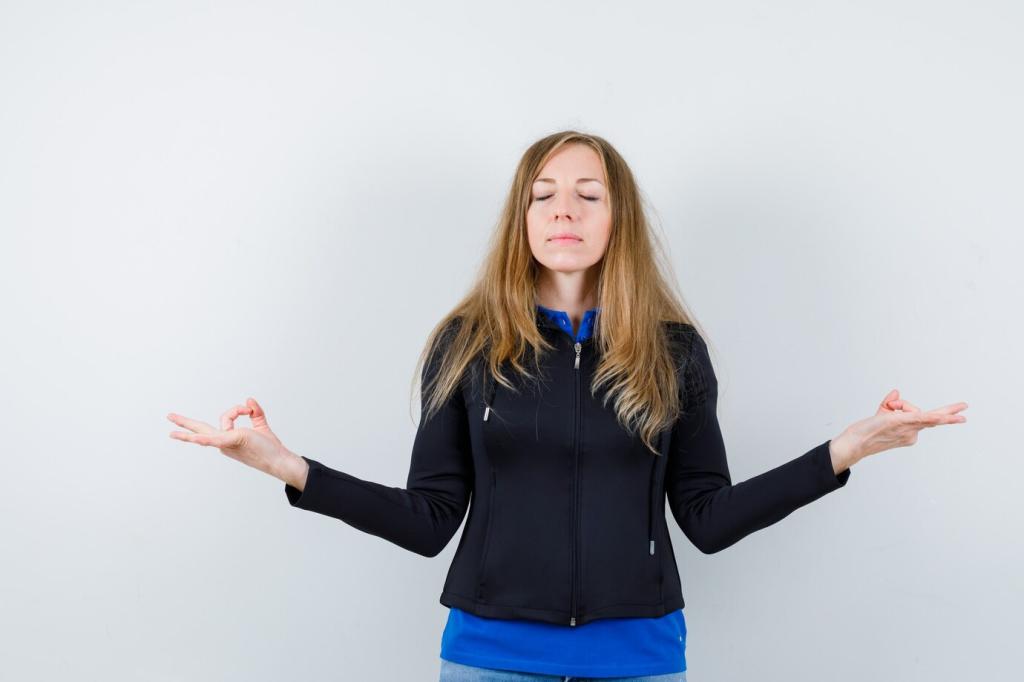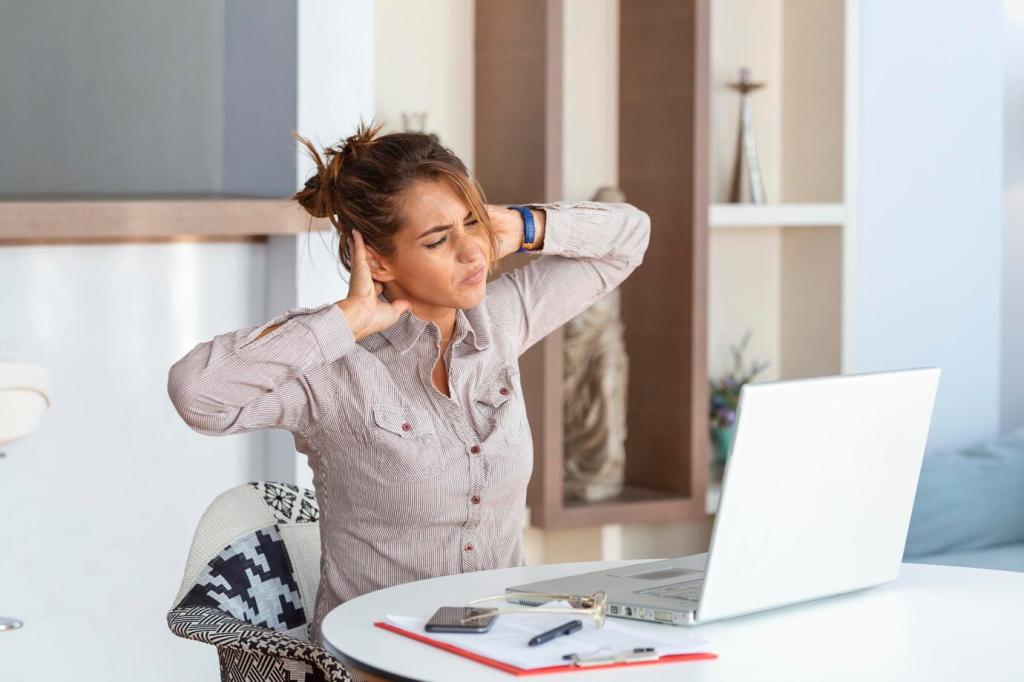Overcoming Common Hurdles
You don’t need crisp mental photos. Many people sense feelings, hear words, or imagine motion instead. Try describing your scene aloud or journaling it as a story. Share your non-visual method—audio cues, tactile metaphors, or phrases—so others see there are many valid ways to calm through imagery.
Overcoming Common Hurdles
If the mind sprints, give it rails: four-count inhale, six-count exhale, then a single image you revisit. Fewer choices calm faster. Post your go-to image and breath count below; together we’ll create a community list of simple, repeatable anchors that work in real life, not only on vacation.
Overcoming Common Hurdles
When schedules collapse, aim for thirty-second visuals tied to triggers—opening your email, turning a doorknob, or waiting for a page to load. Small sips add up. Tell us which trigger you’ll try this week, and check back to share whether stress dips even slightly after repeated micro-practices.
Overcoming Common Hurdles
Lorem ipsum dolor sit amet, consectetur adipiscing elit. Ut elit tellus, luctus nec ullamcorper mattis, pulvinar dapibus leo.







